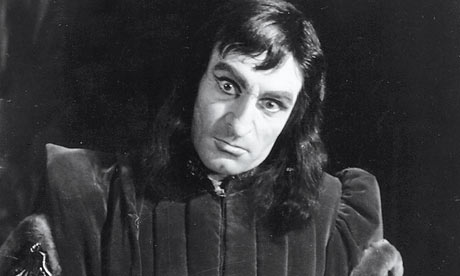Josephine Tey’s historical fiction novel “The Daughter of Time” is an intricately woven story that, while sometimes incredible, blends reality with fiction seamlessly. Tey tells the story of a bedridden cop (Grant) who decides to unravel the mystery behind Richard III, one of England’s most notorious criminals. Tey’s background in history allowed for her to incorporate many of the methods in research used by historians. What I found most interesting in this novel was Grant’s insistence on the ignorance and stupidity of historians. Do his thoughts on the subject mirror Tey’s? or is she simply creating a character?
After reading this novel, I understand why some people are suspect of history. For all we know, everything we learned in history class was a lie schemed up by biased individuals for political or personal gain. Tey terms this type of history “tonypandy.” The methods used by Grant and his research assistant in uncovering the mystery of Richard III correspond with the methods used by diligent historians. By researching a source to discover where it got its story from, Grant was able to learn that all the stories about Richard III killing his two young nephews came from one historian, who would personally lose everything if Richard III was allowed to continue in his rule.
One quote that I found correctly summed up the basic plot line of the book came towards the end: “It [the story of Richard III as a horrible villain] is a completely untrue story grown to legend while the men who knew it to be untrue looked on and said nothing” (Tey 104). Through the example of the Richard III story, Tey proves the importance of a historian to be diligent and not to simply take everything they hear for fact. It is by being meticulous in one’s research that a historian can be sure they did everything correctly.

